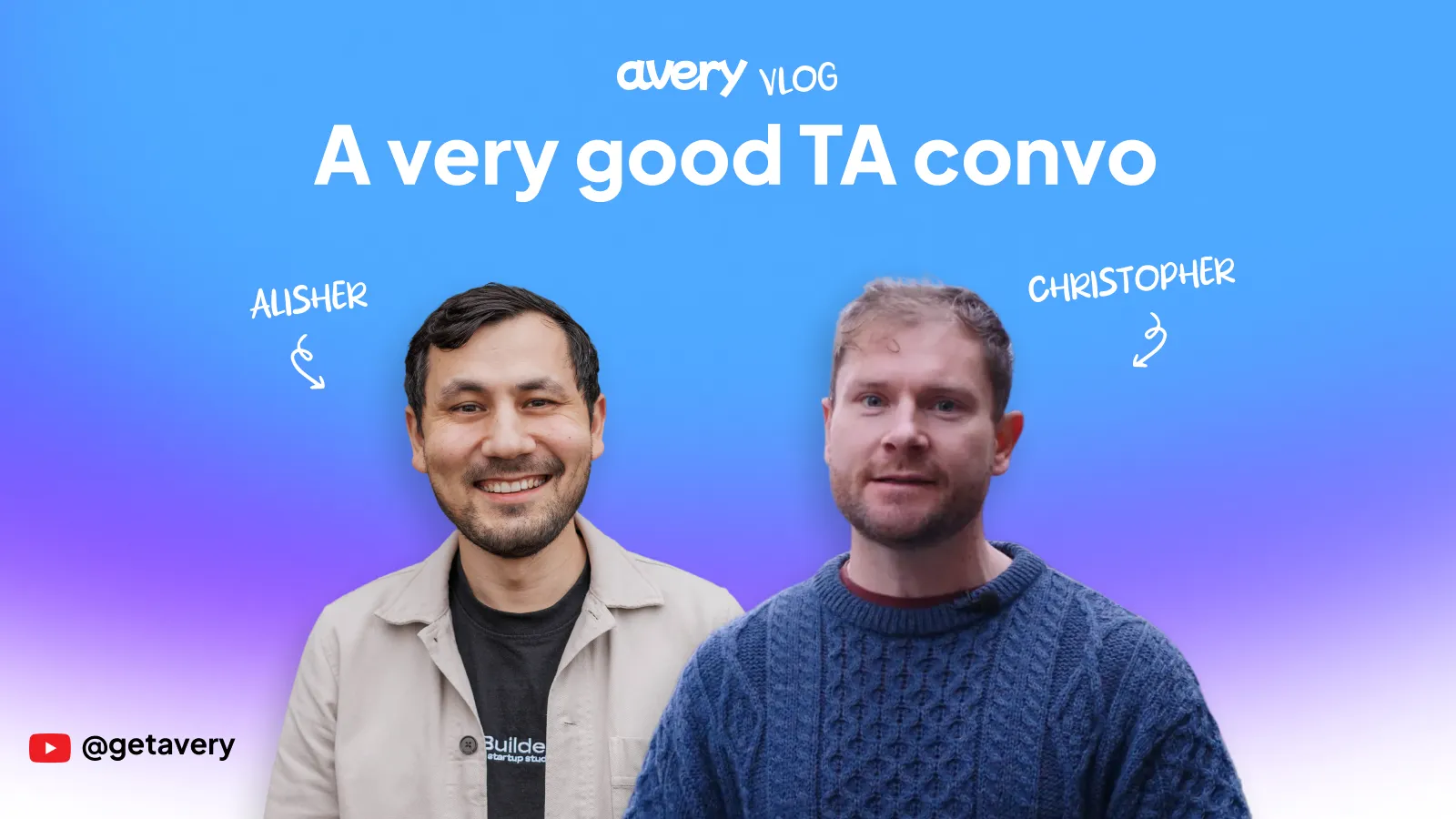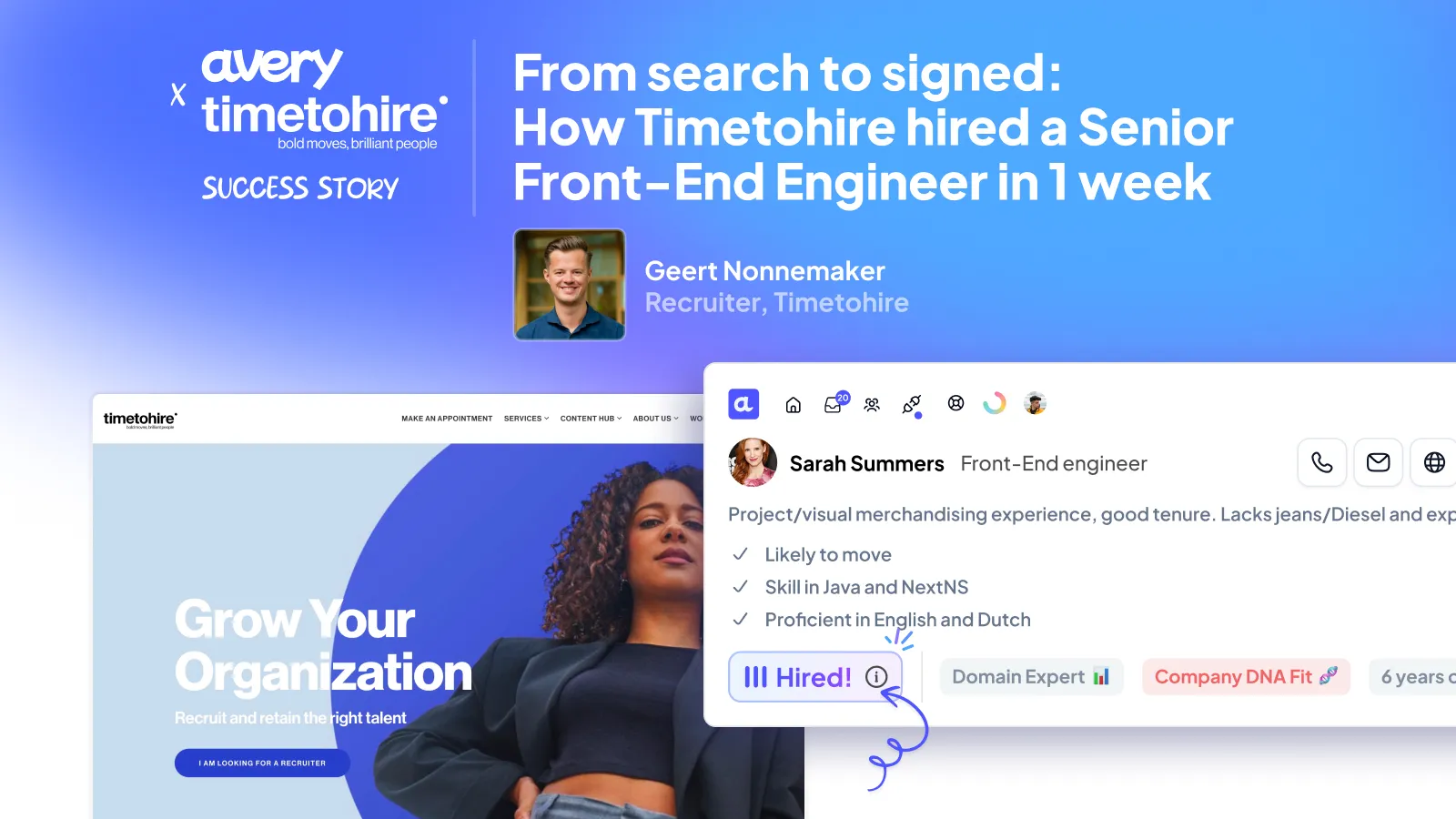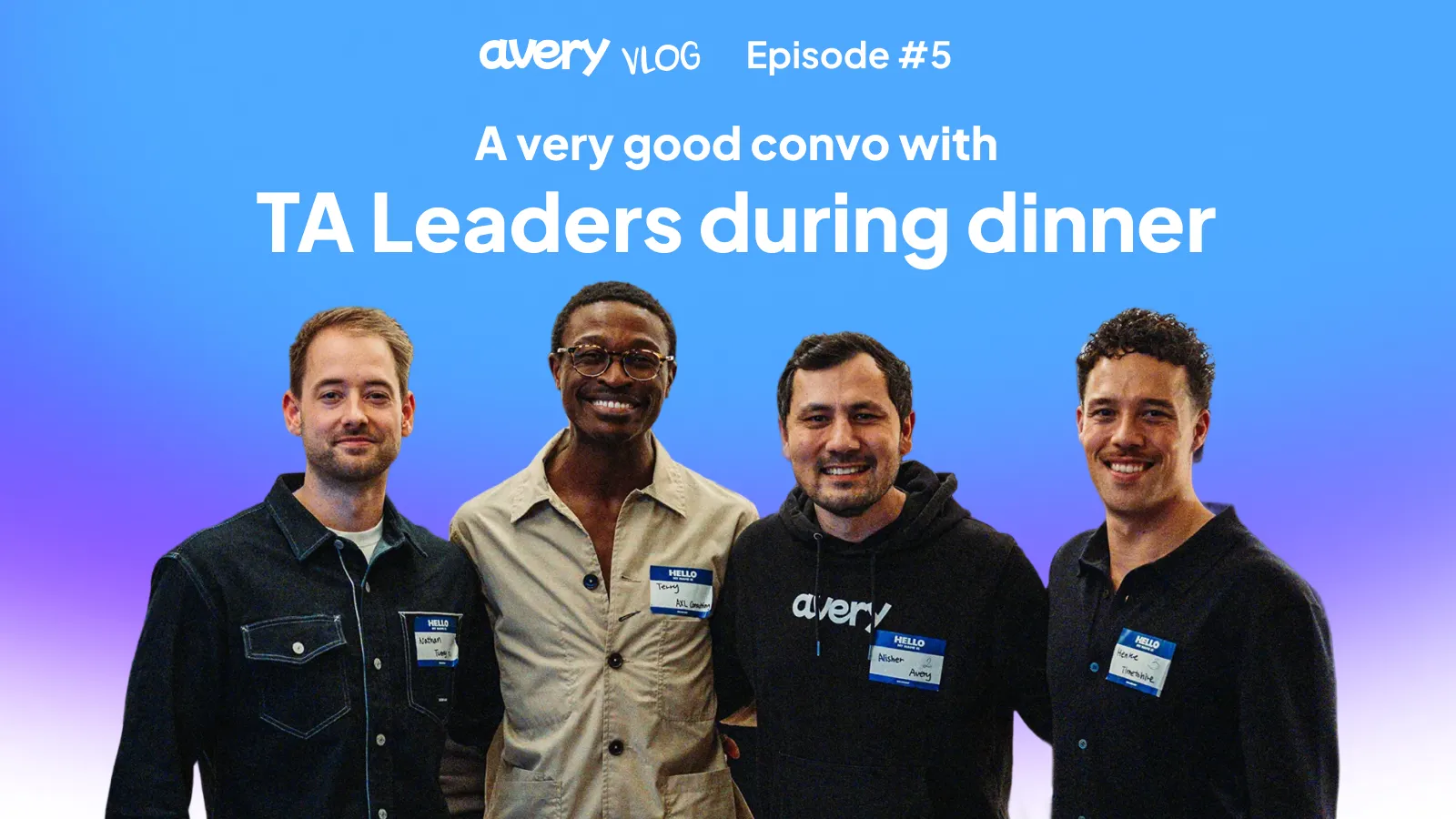The playbook for hiring fast with AI, while staying human
Article created in collaboration with Marcus Morrison from Mollie.
.avif)
Hiring fast, and hiring well, remains one of the toughest challenges for growing teams. In a market where the average time-to-hire is 47 days, every silent inbox is an open door for competitors. Yet moving too quickly, without care for the candidate experience, damages trust and brand.
Few people understand this tension better than Marcus Morrison. With a decade spent building high-volume hiring engines at Nike, Amazon, and now the European payments scale-up Mollie, he has seen fast funnels that scare candidates away and slow ones that bleed top talent. “Time to hire is a candidate-based metric,” he says. “There’s a big human element when you look at it specifically.”
Here is the playbook Marcus uses to keep both clock and candidates on his side.
.avif)
Why scaling hiring demands AI, and a human touch
For high-growth companies, scaling hiring introduces familiar challenges: inefficiencies pile up, stakeholders lose alignment, and hiring cycles stretch longer than anyone would like.
AI alone will not fix these problems, but when used well, it can reduce repetitive work, surface stronger candidates faster, and help recruiters focus where human connection matters most. As Marcus observes,
“AI helps with that. It gets the best résumés to the top of the pile.”
The key is combining AI-driven efficiency with human empathy, at every step.
Playbook step: Marcus Morrison’s AI-driven hiring framework
Anchor the Timeline
Every hiring intake at Mollie begins with a simple question: When do we want this person to start? The target is under 45 days from application to signed offer, with a 30-day stretch goal. A clear deadline sharpens later decisions, from interviewer availability to offer-approval SLAs, and helps recruiters push back when extra stages creep in.
Let AI Do the Heavy Lifting, but Not the Final Call
Mollie’s funnel processes thousands of applications each month. An NLP model parses résumés for core skills, salary band, and work-authorization status, then bubbles likely matches to the top of a recruiter’s queue. Crucially, no résumé is auto-rejected. Recruiters still read every profile, but in an order that preserves time for the most promising talent.
Automation continues through scheduling, with calendar links that find mutual slots in minutes, and through interview debriefs, where AI drafts scorecard summaries so hiring panels can focus on judgment rather than transcription.
“I’ve noticed it over the last six months, there’s quite a bit of movement for job seekers. So yeah, kind of the age-old problem of how do we get through applicants faster. And yeah, AI helps with that. It gets the best résumés to the top of the pile.”
— Marcus Morrison
Remove Hidden Bottlenecks Upfront
Internal misalignment, not screening speed, is the biggest driver of delays. To prevent this, Marcus insists on a written brief, signed by every stakeholder, that separates must-have from nice-to-have criteria before the job goes live. That document anchors scorecards later on, reducing mid-process second-guessing.
When delays do appear, funnel analytics point to the culprit: a pass-through cliff, a lagging interviewer, or an approval queue.
“When I get concerned,” Marcus notes, “is when I see high ratios through their funnel process, higher than normal ratios through their pass-through stages. A high amount of offer declines means they probably haven’t built trust.”
.avif)
Protect the Candidate Experience at Every Turn
Speed without respect erodes brand equity. Mollie’s team hardwires courtesy into the workflow:
- A 48-hour feedback rule. Interviewers must submit scorecards within two days, unlocking next-step emails that keep candidates in the loop.
- Auto-personalised status updates. Recruiters send short notes explaining stage-moves, AI suggests wording but humans approve.
- Structured rejection with value. Silver-medalist candidates receive brief, theme-level feedback and an invitation to future roles.
“We can’t hire everybody, but I think what candidates deserve is feedback one way or another. Even if they know it’s an automated email, do they actually know their résumé was received, that there’s been some sort of decision in a timely manner?”
— Marcus Morrison
Watch the Signal, Not Just the Speed
Time-to-hire tells only half the story. Marcus layers three signal metrics on top:
- Pass-through ratios between stages to flag assessment friction.
- Offer-acceptance rate as a trust proxy.
- New-hire retention at six months to validate quality.
Slower stages are redesigned. Offer declines trigger retro-interviews to understand what broke trust.
.avif)
Keep Humans in the Loop, Especially at the Finish Line
Marcus sees AI as an accelerator, not an arbiter. Recruiters still own the final yes or no, and hiring managers conduct the closing call to reinforce commitment on both sides.
“I think we’ve kind of created a time-to-hire problem in some ways, and AI can help solve it,” he says, “but if you’re not using it to its full extent, it’s probably not going to change.”
Data-backed impact: outcomes and case studies
By applying this AI-driven framework, Mollie has reduced time-to-hire, improved offer acceptance rates, and strengthened retention.
The result: hiring funnels that feel crisp inside and humane outside.
Best practices: keeping processes human at scale
Marcus’s experience offers key lessons for teams looking to scale hiring:
- Anchor every hiring process with a clear timeline.
- Let AI handle repetitive tasks, but keep human judgment at the heart of decisions.
- Maintain transparency and timely communication with candidates.
- Track trust signals, not just speed.
- Continuously adapt and improve the process with feedback.
Conclusion
Marcus Morrison’s system shows that speed and empathy are not trade-offs. A clear deadline, AI-assisted logistics, and disciplined human touchpoints can cut weeks from a search while lifting candidate satisfaction.
For hiring teams looking to adopt these AI recruitment best practices, solutions like Avery can help make it happen.



